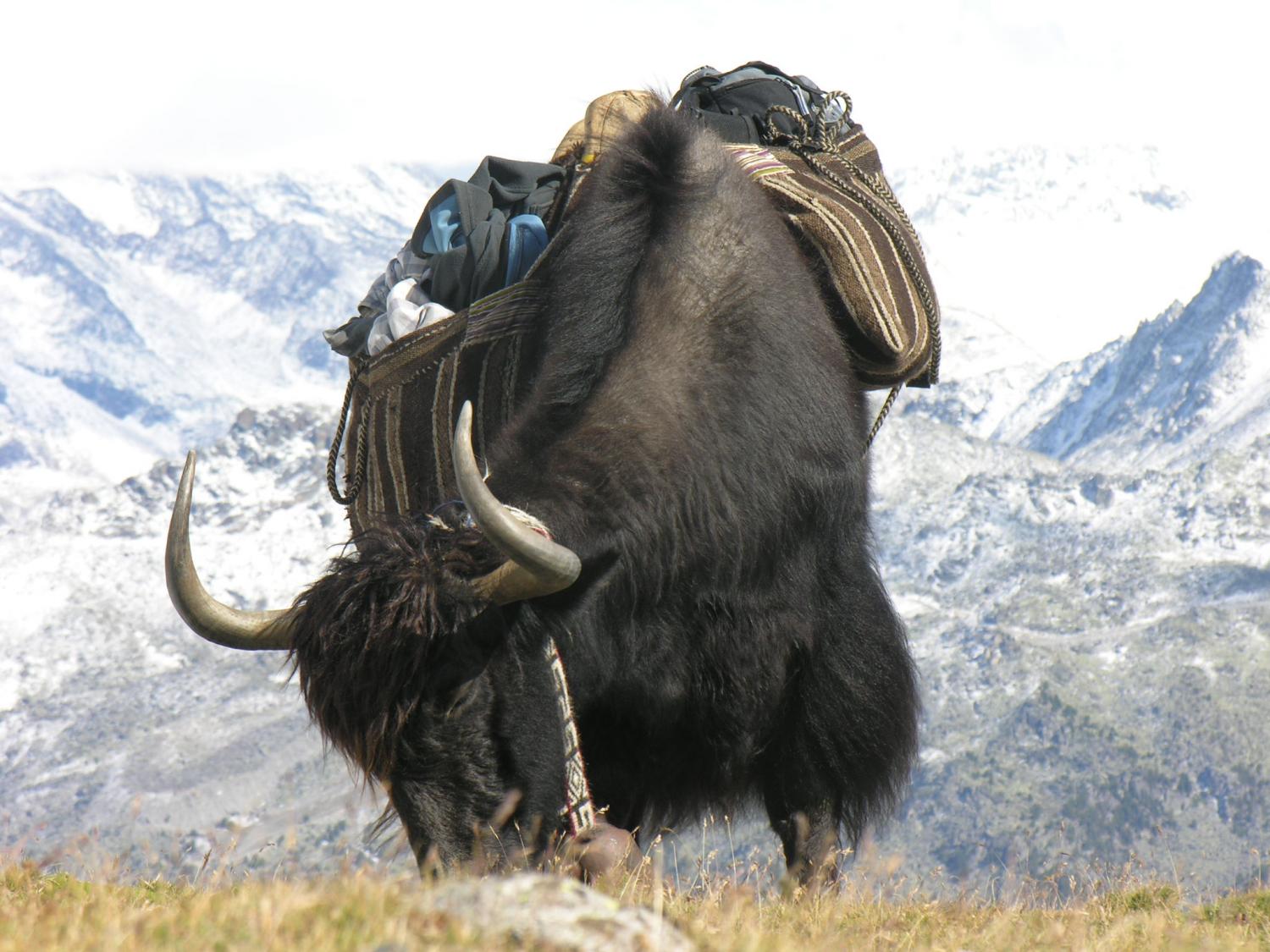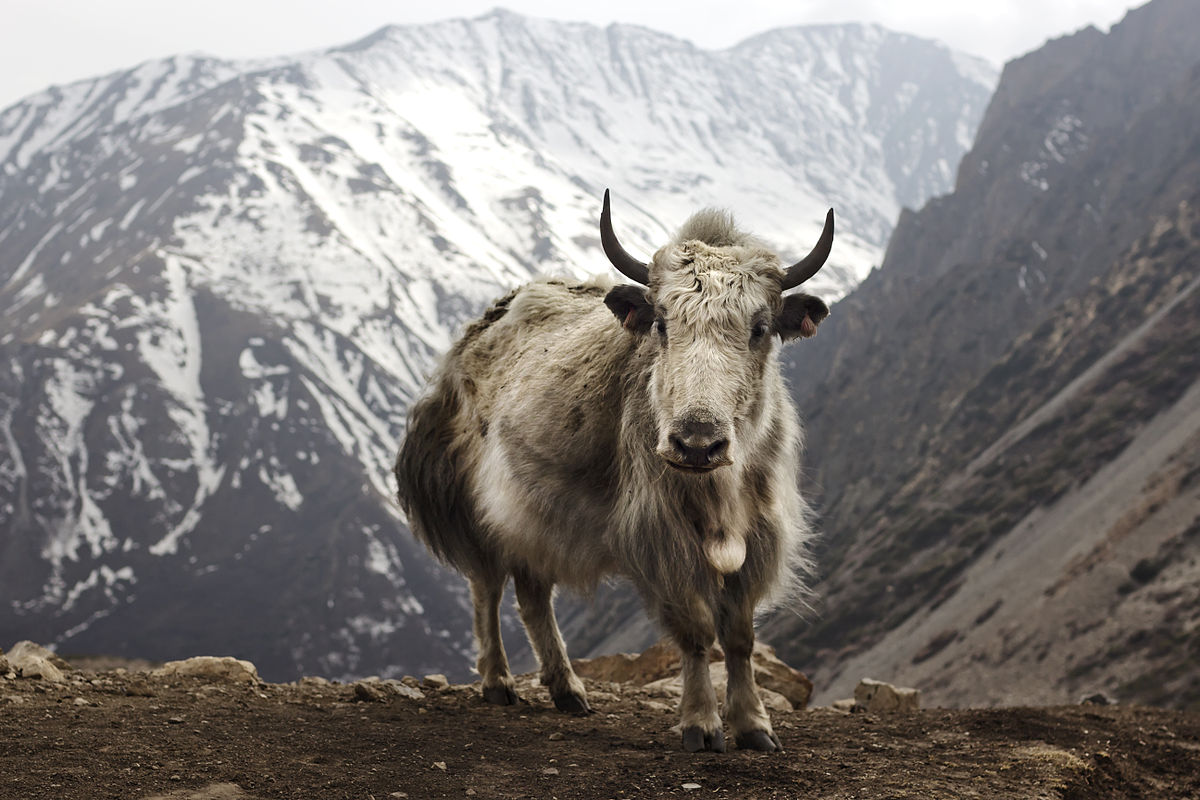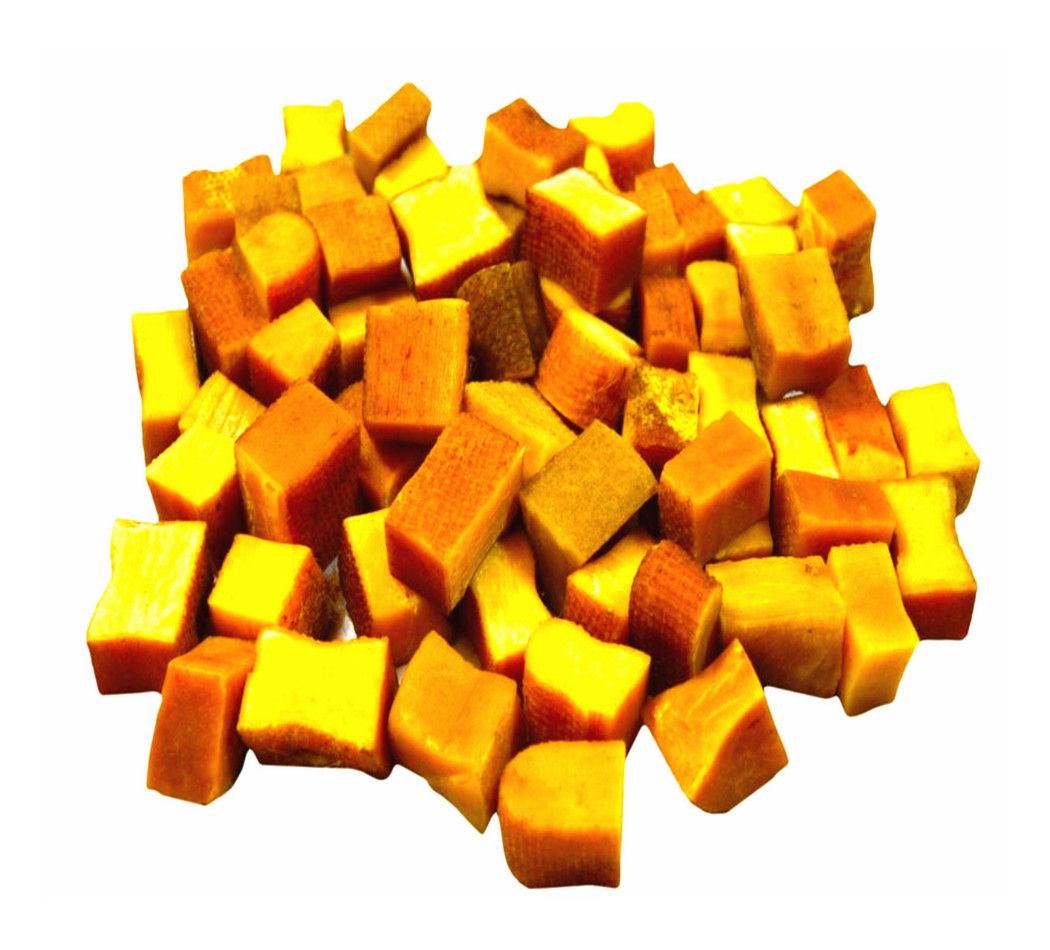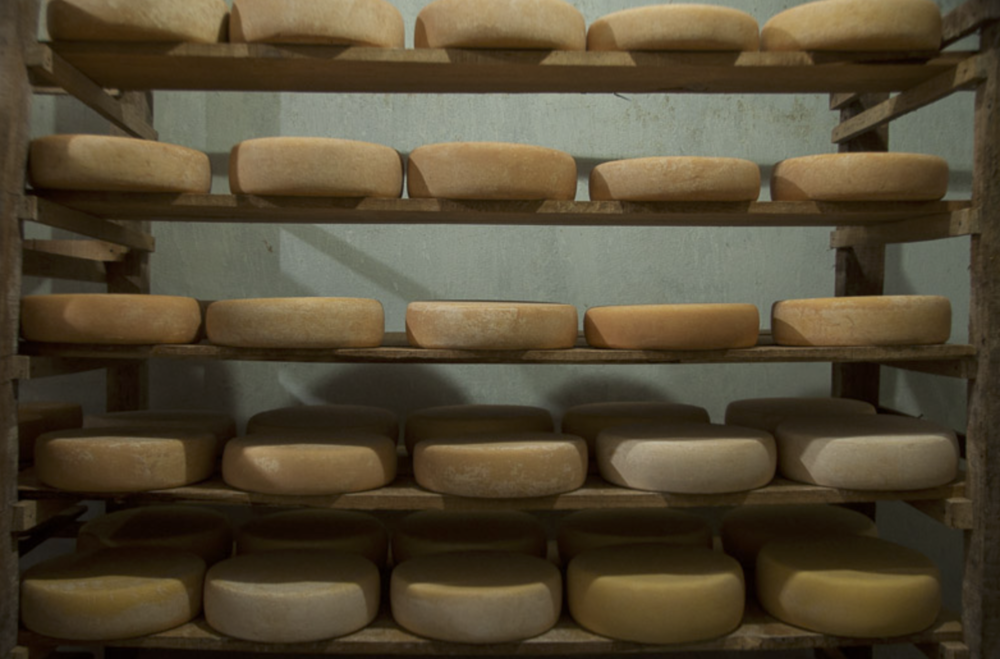Yak : The Milk Factory & Lorry Truck in Himalayas
About Yak (Chauri Gai)
Yak (Chauri Gai ) is found in the Himalayas of northern Mamangolia and plateau of Nepal, Tibet of China. A domesticated cow is a mountain cow that lives in the mountains at an altitude of 2,000 to 5,000 meters above sea level. The group of animals, including the Yak (Chauri Gai ), is a long-haired animal of the bovine species .It especially Hull, has more than two species of commercial rearing. Although it is found in large numbers as a domestic animal, it is also found in small numbers and in unsafe numbers as a wild animal. It is mainly reared by the people in the Himalayan region for milk production, transportation of goods and meat.

Yak (Chauri Gai )
Dolpa, Humla, Mugu, Jumla, Mustang, Manang, Lamjung, Gorkha, Sindhupalchowk, Dolakha, Ramechhap, Solukhumbu, Sankhuwasabha, Taplejung, Panchthar, Okhaldhunga and the upper main areas of the mountainous region of Rasuwa are the pockets of theft. As the Yak rearing business is on the verge of extinction in Nepal, it is being protected.
According to the farmers, the business has declined by 60 to 70 percent compared to the past. According to the farmers, the Yak business has declined as the youths are fleeing abroad and the younger generation is not able to take up the profession of their fathers and grandfathers. Now it is becoming difficult to find Yak (Chauri Gai ) Goth in high mountainous and hilly areas.
It also varies based on the cross. Yak (Chauri Gai ) is born from the womb of a mountain cow and a Himalayan yak cow, or from the womb of a cow that has a nose, so it is an animal of a different nature than the yak . But the yak is also included in the higher species than it . Yak (Chauri Gai ) is born from a fetus that is inseminated between a mountain cow and a yak, or by a nasal breed with a mountain Jolang cow.

Yak (Chauri Gai )
It is felt that the life of the people here is relatively difficult as Yak rearing is the main occupation of the people of the Himalayan region. The main occupation of Sherpas, Gurungs, Tamangs and other people of the Himalayan region in the past was Chaurigai, horse and sheep rearing, weaving and farming.
The yak cheese, churpi, durkha, ghee, butter, cheese etc. produced in Nepal are delicious and good for health and are brought to different countries and abroad as kosheli. According to the farmers, most of the ghee produced in Nepal is exported to India.
Yak is on the verge of extinction as the younger generation is unable to cope with the age-old practice The milk products of Yak (Chauri Gai )produced in the high mountainous region of Nepal are famous in Japan, USA, Hong Kong and UK. But as the Yak rearing business has declined, production has fallen and prices have risen. At present, the ghee of Yak (Chauri Gai ) has reached Rs. Earlier, it was available at Rs 500 and Rs 600 per kg.
Therefore, the importance of Yak (Chauri Gai ) is also mentioned in the culture of the people living in this place. Although Yak rearing was their main occupation in the past, they were gradually displaced to the lower region and started cultivating paddy, maize, millet and other crops. Nowadays, Sherpas are doing well in the carpet business, construction, trade and tourism sectors, while many Sherpas are involved in almost all professions, from political to non-existent.
It seems that they have run away in search of good income and comfortable life instead of all these desires. Therefore, the yak business may disappear in the future.
Where is Yak found?
Yak (Chauri Gai ) is reared in mountainous and hilly areas at an altitude of 2000 m to 5000 m above sea level. Two species of Yak are more common. It is born from the womb of a mountain cow and a Himalayan yak cow, or from the womb of a mountain cow. It is an animal of a different nature than the yak or the nose. But yaks or noses are also included in higher species than chauri.
Yak (Chauri Gai ) is born from the womb of a mountain cow and a yak, or from the womb of a yak breeding with a mountain Jolang cow. Yak (Chauri Gai ) born from yaks and mountain cows (Kirkhom) is called ‘Urang’ or ‘Zhopkyo’ and offspring born from mountainous Jolang cows are called ‘Dimjo’ or ‘Zhopkyo’.

Yak (Chauri Gai )
Yak (Chauri Gai ) is one of the 648 sub-projects sanctioned under the High Mountain Agribusiness and Livelihood Cleaning Improvement Himali Project, the only Himal project operating in 10 districts including Sankhuwasabha, Solukhumbu, Dolakha, Rasuwa, Manang, Mustang, Dolpa, Jumla, Mugu and Humla. Only 50 people have been involved in the smuggling business, which seems to have reduced the attraction of people in the yak rearing business.
If Yak Extinct ,country lose source of income
Stakeholders say that the country will suffer financially when the nationwide Yak rearing business disappears. Dairy products and other raw materials produced from stolen milk cannot be produced. Similarly, there is a decline in the tourism business. Earlier, Chauri Mahotsav was held in Dolakha, Taplejung and other places and Chauri Mahotsav has been held in Panchthar since last year.

Yak product
However, the festival has not been able to gain importance as the number of chanais is decreasing every year. The production of churpi, durkha, yak cheese, ghee, cheese and dairy products, which are associated with the identity of mountainous and high hilly areas, has also declined.
Especially in five village municipalities of Taplejung district and in some parts of Panchthar, it has become difficult to get dairy products such as churpi, durkha, ghee and cheese from the Chauri Goth due to the recent decline in production. Entrepreneurs say that there may be a shortage of raw material made from yak milk as the yak rearing business is less than before.
The yak cheese, churpi, durkha, ghee, butter, cheese etc. produced in Nepal are delicious and good for health and are brought to different countries and abroad as kosheli. According to the farmers, most of the ghee produced in Nepal is exported to India.

Yak product (Cheese)
Yak is on the verge of extinction as the younger generation is unable to cope with the age-old practice The milk products of Yak (Chauri Gai )produced in the high mountainous region of Nepal are famous in Japan, USA, Hong Kong and UK. But as the Yak rearing business has declined, production has fallen and prices have risen. At present, the ghee of Yak (Chauri Gai ) has reached Rs. Earlier, it was available at Rs 500 and Rs 600 per kg.
FAQ’S
How do you soften a yak bone?
What does a yak symbolize?
Where is Yak (Chauri Gai ) found in Nepal?
How long does Lucy and yak take to ship?
Are yaks dangerous?
Comment Here!